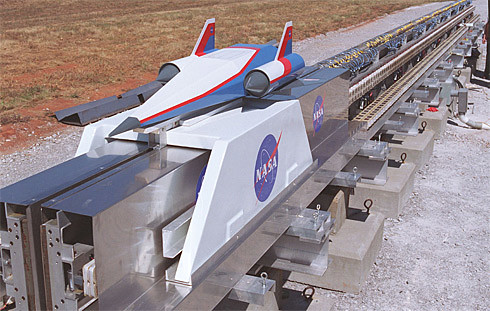GÖKTÜRK-2
Satellite is originally an Earth Observation Scientific Research and
Technology Satellite Development Project which has been funded by The Scientific and Technological Research Council of Turkey (TÜBİTAK)
resources. The contract was signed by the Ministry of Defense (MoD),
The Scientific and Technological Research Council of Turkey (TÜBİTAK)
and TUBİTAK UZAY-TAI consortium on 13 April 2007. And was also developed
by Turkish Aerospace Industries, Inc. (TAI) and The Scientific andTechnological Research Council Space Technologies Research Institute (TÜBİTAK UZAY) Consortium.
Launch and Beyond…
Turkey's
second observation satellite GÖKTÜRK-2 was launched successfully
from Jiuquan Satellite Launch Center (JSLC) in China.
The first national high-resolution optical observation satellite GÖKTÜRK-2, was launched on December 18, 2012 at 18:13 local time in Turkey with a Long March-2D rocket. It left the launcher at 18:25 local time in Turkey.
The first transition signal was received successfully from Tromsø SatelliteStation in Norway at 19:39 local time in Turkey.
Gökturk-2
Technical Specs
Orbit
|
:Sun
Synchronous Orbit
|
Altitude
|
:
~ 700 km
|
Period
|
:~
98 minutes
|
Daily
Ground Station Contact
|
:
~- 40 min (day time and night)
|
Imaging
by Full Coverage of Earth
|
|
Real
Time Image Transfer
|
|
Mass
|
:<
409 kg.
|
Image
Storage Capacity
|
:>
15 Gbit
|
Resolution
|
:
2,5 m
|
Usage
The
satellite meets the observation, reconnaissance and intelligence
needs of the Turkish Armed Forces with high-resolution picture
capability.The
first pictures from the satellite are expected to be received on
December 25-30, 2012.
Referance








